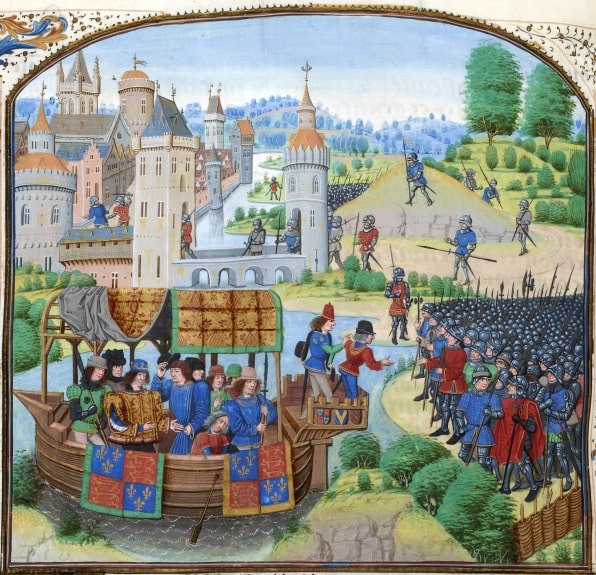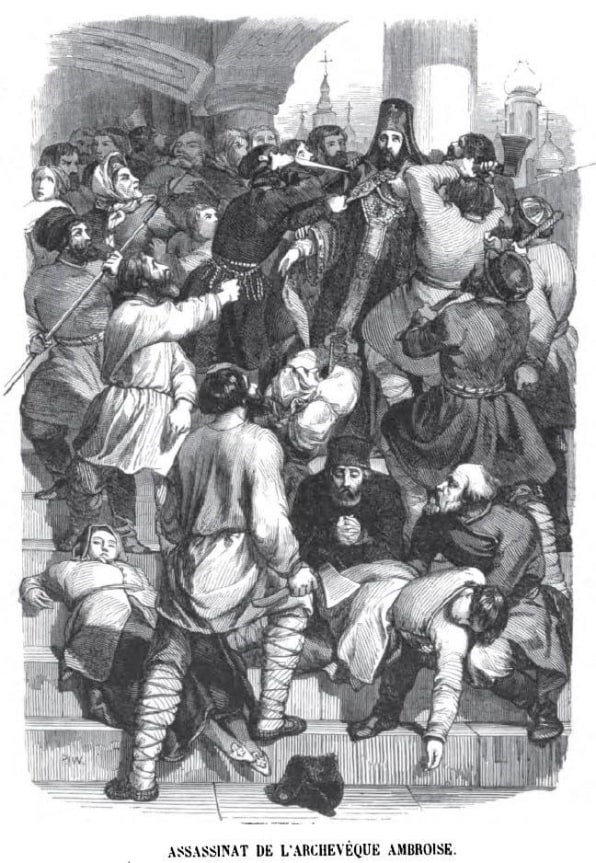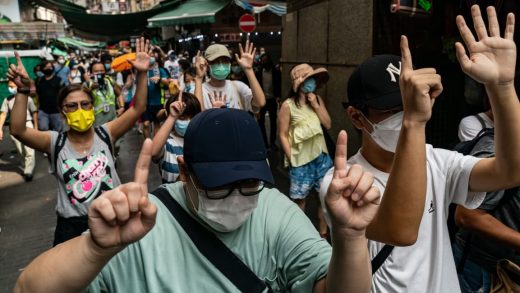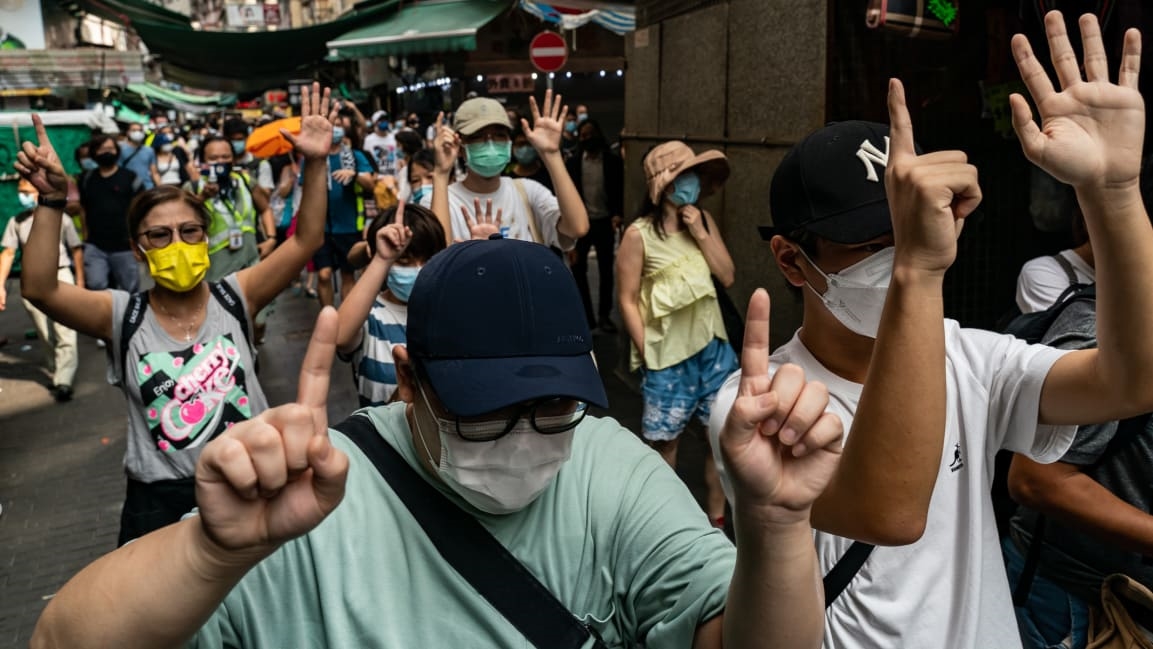What’s in store for 2021? Epidemics are often followed by social unrest
Since the start of the pandemic, COVID-19 has highlighted and exacerbated inequalities in our world—from who manages to make money during economic downturn to who is forced to risk their health as essential workers. Now researchers looking at the periods following historical epidemics are warning that these worsening inequalities could boil over into global protests, as they have many times in the past.
In a study recently published in the journal Peace Economics, Peace Science and Public Policy, Massimo Morelli, a political science professor at Bocconi University in Milan, and Roberto Censolo, an economics professor at Italy’s University of Ferrara, looked at 57 epidemics—between the Black Death, which started in 1346, and the Spanish flu, which began in 1918—and how many revolts, rebellions, uprisings, and protests occurred in those same time periods. Major diseases of the past, they write, have often led to uprisings because of how those epidemics heightened social tensions.

[Image: Wiki Commons]
For instance, in looking at history’s five cholera pandemics, the researchers identified the main geographical areas hit by the disease, and then looked for any any episodes of revolt in the region in the 10 years before and 10 years after. There were 39 rebellions before an epidemic, they found, and 71 after, showing how these epidemics were “incubators” for unrest.
Morelli was inspired to look into this potential cause and effect after noticing how protests in Latin America, which had been so active in 2019, seemed to have dwindled due to COVID-19. Out of the 20 protest movements that were active across the world in December 2019, only two or three are still ongoing, according to a Freedom House report.
“From this observation came the fear that when voluntary movements are suffocated but inequalities and tensions accumulate, then there may well be a surge after the pandemic is over,” Morelli says over email. So he looked to history and found that although plagues may “crowd out” the social conflicts that existed before them, they also form a “fertile ground on which global protest may resurrect more aggressively once the epidemic [is] over.”
This happens for three reasons: First, the policy measures needed to contain a pandemic tend to limit people’s freedom, sparking friction between society and institutions. We see this with the COVID-19 lockdowns—but it’s not new. During the second cholera epidemic in 1827, restrictions imposed by governments “were in sharp conflict with the liberalism” of that time period, the researchers write, and so shaped the political tensions of the 1830s.
Second, these epidemics can exacerbate inequalities because of how they impact people differently according to economic welfare. After the Black Death, revolts “shook authorities” in England, France, and the city-state of Florence.

Finally, pandemics have a psychological effect, leading to “irrational narratives on the causes and the spread of the disease,” which stoke social and racial discrimination. This happened at the onset of the COVID-19 pandemic, when anti-Asian racism and xenophobia increased, and it’s happened throughout history. The first cholera pandemic in 1817 was blamed on the poor; by the second cholera pandemic in 1826, that blame shifted to recent immigrants and African Americans in the U.S., and on the traditions of Hindu pilgrims in India, which spurred westernization.
Morelli argues that though historians attribute conflicts between socialists and fascists after World War I completely to the war itself, it’s worth considering the role of the Spanish flu, which killed more people than the war. “It may have acted as an incubator by allowing the extreme forces to get organized in the period of the flu, to then be ready for open conflicts right after,” he says. “The same classes of people badly affected by the war were also the most affected by the flu, economically and socially, and hence exacerbation is a simple channel.”
Actions that restrict our freedoms during a pandemic—which are necessary for our public health—could also be exploited by governments to reinforce their power. Protests are now discouraged even more because of fears of contagion, for example. In their published paper, Morelli and Censolo point to actions taken by Hungary’s prime minister, Viktor Orbán, and President Donald Trump as examples of “clear attempts to bring up the salience of law-and-order vis a vis all other issues.”
Ultimately, pandemics may make inequalities and oppression even more obvious, and there’s no real way to avoid the unrest that spills over after. “The structural inequalities existing already before the epidemic cannot be forgotten during the epidemic itself,” Morelli says, “since they are likely to be exacerbated otherwise.”
(27)



